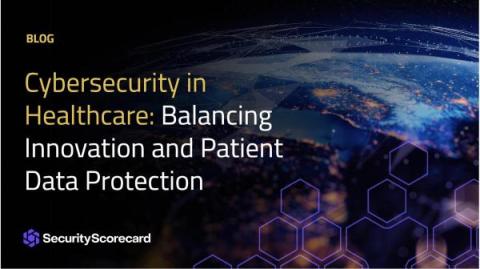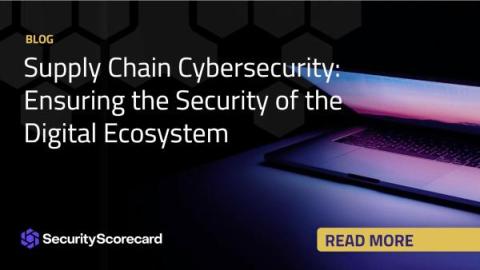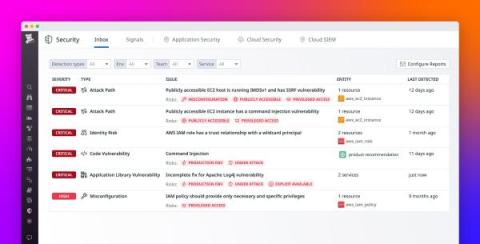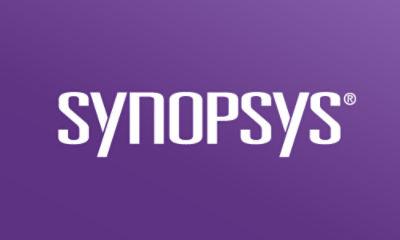Cybersecurity in Healthcare: Balancing Innovation and Patient Data Protection
The healthcare sector stands at a crossroads where innovation and technology are drastically reshaping patient care, yet simultaneously, it faces the increasing challenge of protecting sensitive patient data. As healthcare organizations adopt advanced technologies like electronic health records (EHRs), telemedicine, and AI-driven diagnostics, the need for robust cybersecurity measures becomes paramount.










